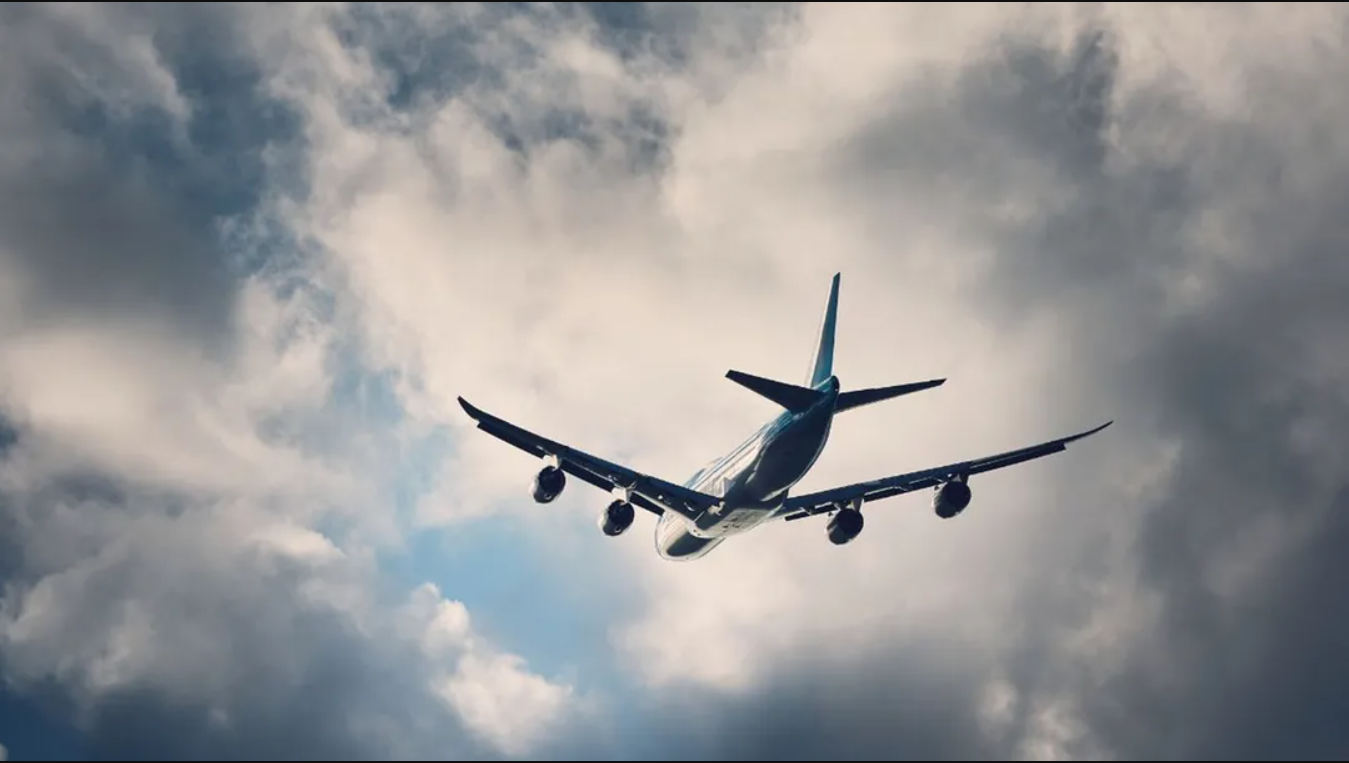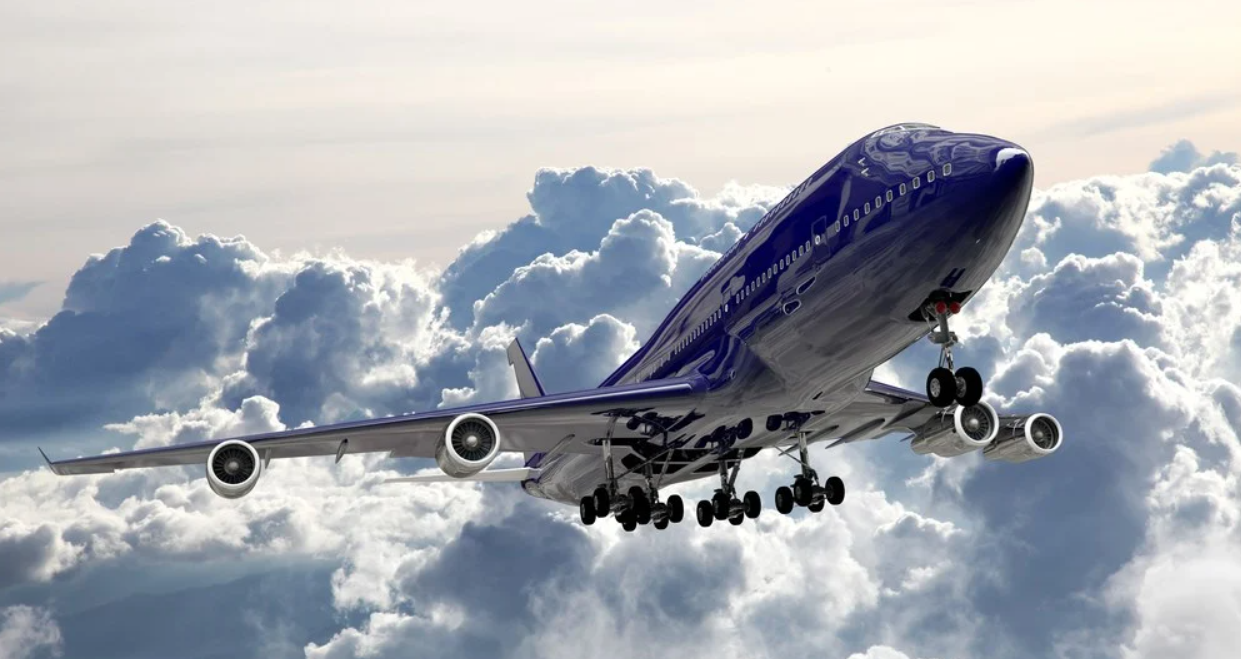A routine flight from Shanghai to Tokyo turned into a night of panic for passengers aboard a Japan Airlines operated Boeing 737 after the aircraft experienced a rapid descent of nearly 26000 feet within just ten minutes. The incident occurred on Monday, with 191 passengers and crew members on board. The aircraft was operating under a code share agreement with Spring Japan, a low cost subsidiary of Japan Airlines. The sudden drop forced the crew to deploy oxygen masks as cabin pressure levels fell dramatically. The flight was diverted and safely landed at Kansai Airport in Osaka.
Passengers shared harrowing details after the ordeal, with many turning to social media to describe the experience. One passenger posted that their legs were still shaking and that the incident had left them in emotional shock. Several others echoed the same sense of fear and helplessness, describing how they feared for their lives as the plane plummeted. Some recounted moments of preparing for the worst, writing final messages and even documenting personal banking information in case they did not survive.
According to reports, the descent began around 7 pm. Within minutes, the aircraft dropped from an altitude of approximately 36000 feet to just under 10500 feet. While the airline has not disclosed the specific technical fault, it confirmed that the oxygen masks were released as a precaution to counteract the loss of cabin pressure. Fortunately, there were no injuries reported, and all passengers and crew were safely accommodated upon landing.
As part of passenger compensation, Japan Airlines provided overnight lodging and offered each person 15000 yen, which is around 104 US dollars, to cover immediate transportation expenses. An official investigation has been initiated to determine the exact cause of the technical failure and evaluate whether there were any lapses in maintenance or aircraft design.
This incident once again places scrutiny on the Boeing 737 series, which has faced multiple safety concerns in recent years. The aircraft involved in Monday’s event is from the same family as the Boeing 737 800, which has been involved in several high profile accidents globally. Notably, a crash in South Korea involving a Jeju Air 737 800 resulted in 179 fatalities, with only two crew members surviving. Another deadly incident occurred in 2022 with China Eastern Airlines, killing all 132 people on board.

In a related development, an Air India flight from Delhi to Vienna recently dropped 900 feet mid flight. Although the flight landed safely in Vienna, both pilots were off rostered while an investigation was launched. The airline confirmed that the Directorate General of Civil Aviation was informed as per regulatory protocol and that data retrieved from the aircraft’s recorders would guide the ongoing inquiry.
These recent back to back events are prompting calls for more stringent safety checks and real time monitoring of aircraft systems. As aviation becomes more interconnected and dependent on automation, the need for robust emergency procedures and quick crew response becomes even more critical.
Passengers aboard the Japan Airlines flight are now recovering from what could have been a tragedy. While aviation authorities continue to investigate, the experience serves as a stark reminder of the unpredictability of air travel and the importance of safety vigilance at every level.
For more updates on global travel safety, aviation news, and real time alerts, follow Travel Moves on Instagram and Facebook.








